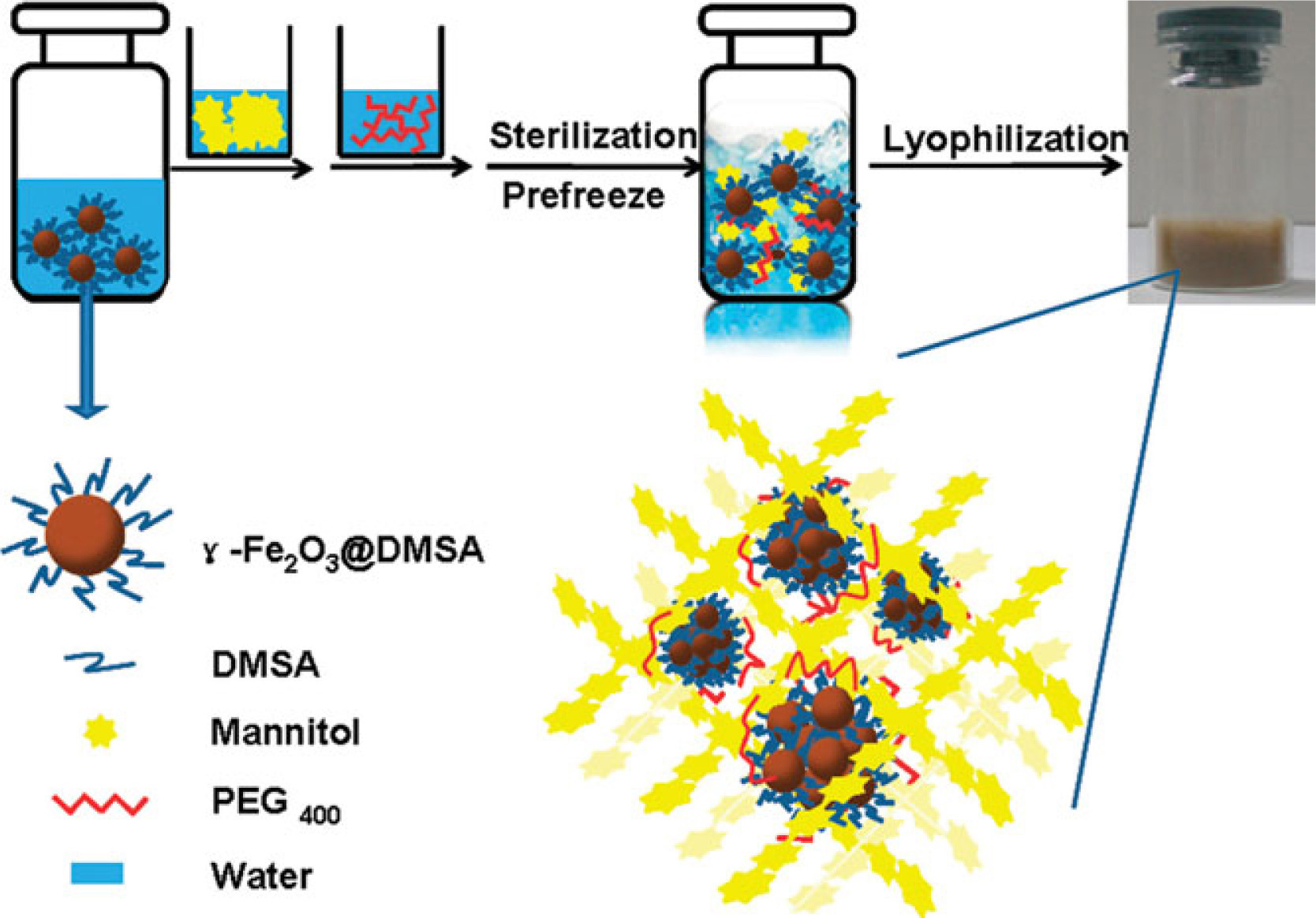DMSA (Dimercaptosuccinic acid) is a chelating agent commonly used to treat heavy metal poisoning, particularly lead, mercury, and arsenic. The basic ingredients of DMSA are:
1.Dimercaptosuccinic acid (C4H6O4S2): The primary active ingredient. It consists of a succinic acid backbone with two thiol (–SH) groups attached, which allow it to bind to heavy metals and facilitate their removal from the body.
2.Excipients: These are inactive ingredients that help form the tablet or capsule. The excipients can vary depending on the manufacturer but often include:
- Fillers (e.g., cellulose)
- Binders (e.g., starch or polyethylene glycol)
- Stabilizers (e.g., magnesium stearate)
DMSA is typically formulated as either a powder or in capsule/tablet form for oral administration. The structure allows it to bind to toxic metals in the bloodstream, which are then excreted via urine.

Applications of DMSA
DMSA (Dimercaptosuccinic acid) is a chelating agent used primarily for treating heavy metal poisoning. Its applications include:
- Lead Poisoning: DMSA is widely used for treating lead toxicity in children and adults. It binds to lead ions in the body and helps to eliminate them through the urine.
- Mercury Poisoning: DMSA can also be used to treat mercury poisoning, as it forms complexes with mercury, facilitating its removal.
- Arsenic Poisoning: Although less commonly, DMSA can be used for the detoxification of arsenic.
- Cadmium Poisoning: DMSA may be used to remove cadmium from the body, especially in chronic exposure scenarios.
- Other Heavy Metals: DMSA can sometimes be used for other heavy metals, including thallium and some transition metals, although its primary indications are for lead and mercury poisoning.
In addition to these primary uses, DMSA is also being explored in research for other potential applications, such as:
- Cancer treatment: As a potential adjunct to certain chemotherapy agents, although this is still an area of ongoing research.
- Diagnostic imaging: DMSA is sometimes labeled with radioactive isotopes (e.g., for renal imaging) to help visualize and assess kidney function, particularly in pediatric patients.

Mechanism of Action
DMSA works by binding to metal ions, forming stable complexes that are more easily excreted by the kidneys. This helps reduce the metal burden in the body and alleviates the toxic effects of heavy metals.
It is important to use DMSA under medical supervision, as it can have side effects like gastrointestinal distress, skin rashes, and potential renal toxicity. It’s typically administered orally, although intravenous formulations are also available in certain settings.
